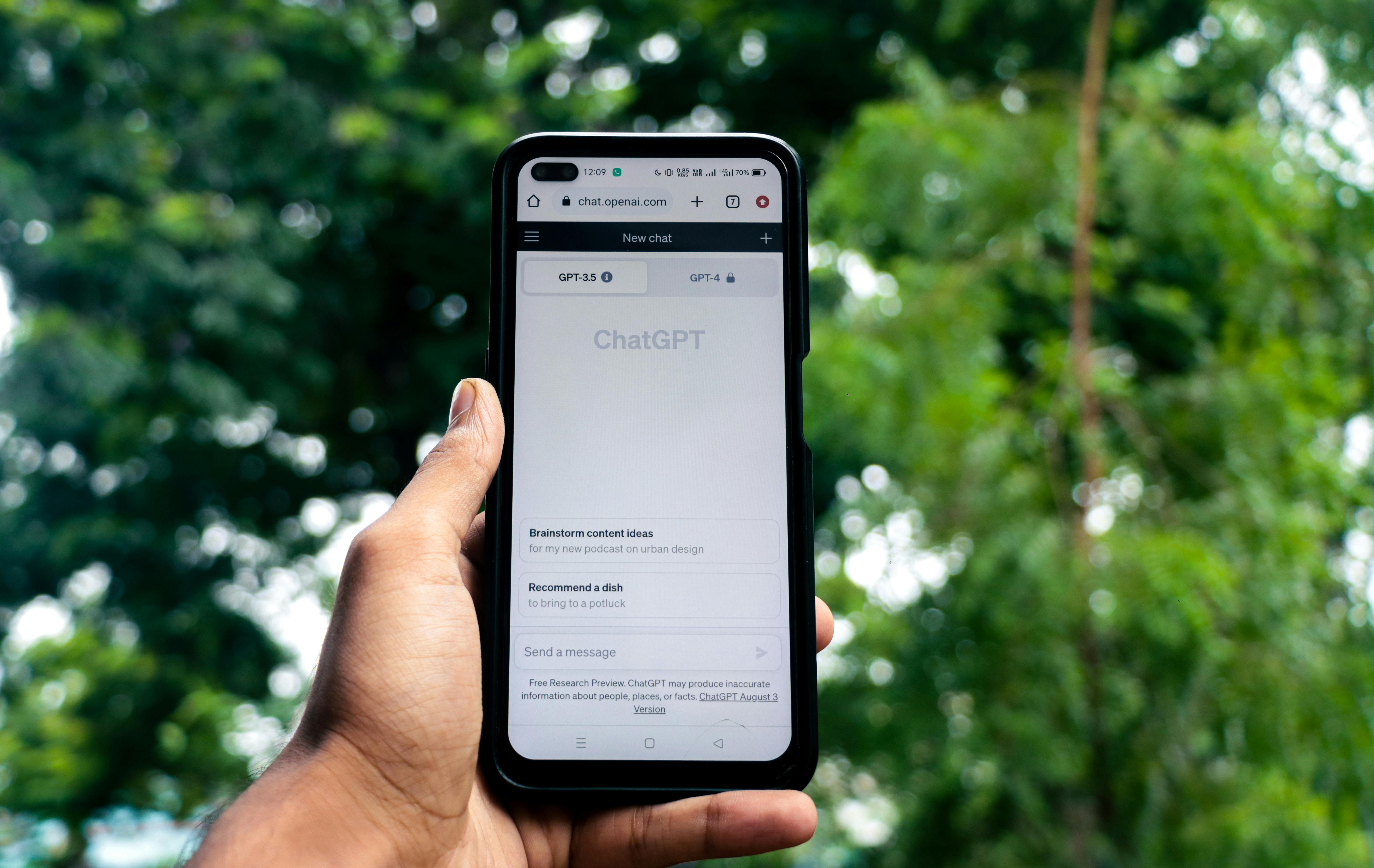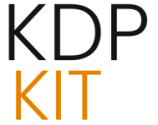
The Stagnation Trap: Identifying and Escaping the ‘Feature Creep’ Abyss
Once you have a functional product and a stable feedback loop, the next monster on the path to enduring income is Feature Creep, or what we call the ‘Over-Complication Abyss.’ This is the point where the operator, feeling confident, starts layering complexity onto the system. They decide the service needs a companion app, or the digital product needs a monthly content subscription, or they start manually tweaking the AI’s output in too many ways.
This is often born from a fear of the *next* big thing—the thought that the current model is already becoming obsolete. While staying current is vital (we’ll cover that next), adding complexity without corresponding, validated demand is the fastest way to drain your time and mental energy. It turns your streamlined AI side venture back into a full-time, high-overhead job.
The One-Hour Audit: Systemizing Your “Maintenance Mode”
To counteract feature creep, you must install a structured “maintenance mode.” This isn’t just about stepping back; it’s about defining clear, minimal inputs required to keep the revenue flowing. The goal is to automate the maintenance itself.
Set aside one fixed, non-negotiable hour every week—let’s call it the “Automation Hour.” During this hour, you are forbidden from creating *new* features or products. Instead, you focus solely on system health and refinement.
Use your Automation Hour to:
By strictly time-boxing maintenance, you prevent the existential dread of “what should I work on next?” from turning into uncontrolled scope expansion. This structured approach keeps the revenue stream *enduring* because the system is designed to run itself, not to demand constant attention.
Scaling Smart: Integrating New AI Capabilities into Evolving Models
The core premise of building with AI in 2025 is that the technology itself is not static; it’s accelerating at a pace that defies traditional business planning cycles. As the technology rapidly advances—with new multimodal models, better reasoning capabilities, and specialized agents emerging constantly—the successful operator must commit to continuous prompt library and platform evolution. This isn’t optional; it’s the price of entry to maintaining an efficiency advantage over those who set up their systems a year ago and never looked back.
Consider this: AI models are already surpassing expert benchmarks in challenging scientific reasoning tests, showing that the leap in capability from one generation to the next can be staggering [cite: 1 from second search]. If your competitor is using a 2023-era prompting technique on a 2025-era model, they are leaving significant leverage on the table.
Your commitment to platform integration must be systematic. Dedicate a small, consistent block of time—perhaps half a day every quarter—specifically for experimentation with the latest releases.
The Prompt Library Overhaul: Treating Your Prompts Like Software Code. Find out more about transforming side venture into enduring income stream guide.
Your collection of effective prompts is no longer just a set of text strings; it is the intellectual property that defines your venture’s automated capacity. If you are still using the same 10 prompts you wrote when you started, you are operating on depreciated technology.
Think of your prompt library as a codebase that requires regular updates:
If your side hustle involves creating digital products with AI, this means aggressively testing new image generators for style consistency or new voice models for natural cadence. The key is *testing* the new capability against your current *best* output. If the new tool doesn’t demonstrably beat your current winner, you shelve it. If it does, you integrate it and retire the old process immediately.
Future-Proofing Your Income: Beyond the Current Hype Cycle. Find out more about transforming side venture into enduring income stream tips.
The lifecycle of an AI tool can be brutally short. What’s revolutionary today can be commoditized or replaced in six months. Sustaining momentum means building a venture that isn’t tied to the *tool*, but to the *value* that the tool helps you deliver. This is the difference between an AI-powered *product* and an AI-powered *business model*.
The overarching business strategy right now is moving toward **strategic integration** rather than simply adding AI tactics on top of old processes. A minority of leaders are moving past simple optimization toward reinvention, and this is exactly where the solopreneur must aim [cite: 14 from first search]. Your enduring income stream will not come from the most advanced LLM; it will come from solving a genuine, niche market problem better than the large, generic solutions can.
The Human/AI Value Stack: Where Your Expertise Still Commands a Premium
The market is quickly realizing that generic AI output leads to generic results. In fact, a major pitfall for many is producing low-quality content or products that people can instantly recognize as AI-generated spam. The countermeasure is injecting your specialized knowledge and unique perspective—the ‘human layer’—at the most valuable points of the process.
This involves consciously designing a value stack where AI handles the foundational 80% and your expertise handles the critical, differentiating 20%:
Your enduring income is secured by this human-AI collaboration. As one expert noted in early 2025 analysis, the future advantage lies in building organizational systems (or in your case, a personal operational system) that develop human-AI collaboration, not just replacing humans with technology [cite: 14 from first search]. If you are a writer, the AI drafts the 1,000 words; you supply the unique anecdote, the ethical framing, and the final, perfect headline. If you sell a service, the AI handles the lead qualification; you handle the complex negotiation or custom proposal writing.
The Metrics That Matter: Measuring Momentum, Not Just Activity
When you shift from a hustle to an income stream, your focus must shift from *activity* (how many hours I worked) to *leverage* (how much revenue was generated per hour of my focused input). This is where many side ventures falter—they track vanity metrics instead of the ones that signal true resilience.
A side hustle can look busy: daily posts, constant tinkering, reading every new AI update. An enduring income stream is characterized by stable, preferably growing, revenue with *stable or decreasing* owner input hours. That’s the true sign of momentum that sustains.. Find out more about Transforming side venture into enduring income stream insights.
Defining “Enduring”: Key Performance Indicators for Long-Term Viability
To measure enduring success, you need to track metrics that focus on scalability and margin, not just volume. You need to know if you are achieving that efficiency gain that successful AI deployment promises.
Shift your primary focus to these three KPIs:
If you are struggling to move from pilot programs to full deployment—a common challenge in business adoption today—it is often because these types of specific KPIs are missing. Most companies struggle to prove ROI, which is why focusing on *your own* concrete RPIH is far more powerful than chasing abstract industry promises [cite: 12 from first search]. When you focus on metrics that prove your system’s leverage, you build an income stream that can actually weather the coming market shifts.
Conclusion: Your Next Move Is Not To Build More, But To Refine Deeper
The journey from an AI side hustle to an enduring income stream is not a one-time breakthrough; it is a sustained commitment to guided iteration. As of October 23, 2025, the window for simply *starting* something with AI is rapidly closing as the technology matures and adoption becomes universal. The new competitive advantage lies in mastering the *sustainment* phase.
Remember the core principles that move you from ‘hustle’ to ‘stream’:
The AI economy is moving from the era of “Can I build this?” to “How well can I maintain and evolve this system?” The foundational work you do now—setting up the feedback loop, ruthlessly pruning complexity, and committing to continuous, guided improvement—is what determines if your venture becomes a footnote or a long-term financial pillar.
So, what is the *one* area of your current AI workflow that feels stagnant or over-complicated right now? Don’t just re-prompt it—fundamentally challenge the process itself. Let us know in the comments below what your biggest sustainability challenge is, and if you’re ready to install your first official Automation Hour this week!






